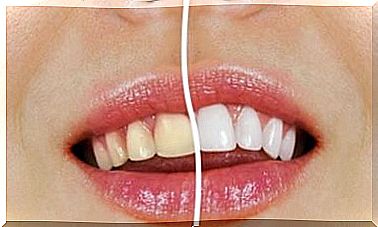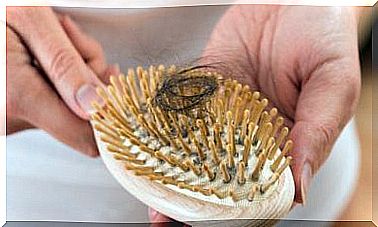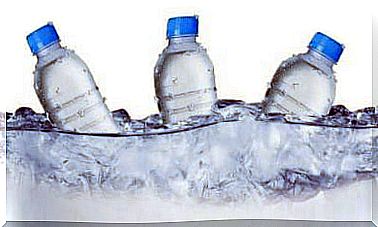Microfibers That Rebuild The Spinal Cord
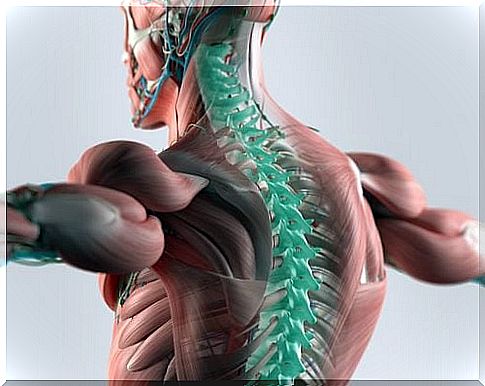
Recent experiments carried out with rats are achieving important advances with regard to the spinal cord. It was already possible to regenerate cells.
However, the system has not been implanted in humans, it is being tested, for the time being, in rats.
Spinal cord research
The tests were carried out by researchers in the United States, who managed to regenerate nerve cells in the spinal cord of rats.
The findings show how the so-called glial cells, which are most abundant in our nervous system, can transform into more primitive cells. These new cells will grow into adult nerve cells.
This regeneration of mature nerve cells is an important achievement that will translate into better therapies for patients with spinal cord injuries.
One of the study’s authors, Chun-Li Zhang, said the foundations of regenerative medicine for spinal cord injuries are being laid.
Cellular regeneration can be manipulated to achieve the creation of new nerve cells after spinal cord injury.
Once confirmed in future studies, these strategies will pave the way for using the patient’s own glial cells. Thus, transplants and the need for immunosuppressive therapy can be avoided.
Spinal cord injuries
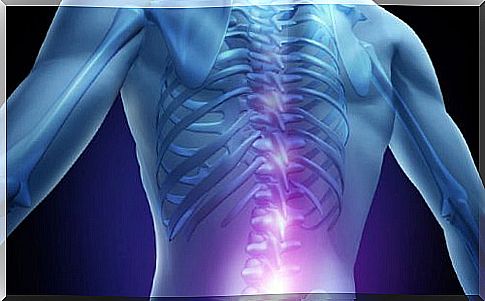
As we know, spinal cord injuries can cause irreversible damage to the neuronal network. In more severe cases, they can even put motor and sensory functions at risk.
It is important to remember that it is not necessary for the spinal cord to undergo a complete section to result in a loss of function. Very often, after a spinal cord injury, most of the spinal cords remain intact.
Contrary to what one might imagine, the injury does not always have a direct relationship with spinal or neck injuries. This is the case of ruptured discs, spinal pathologies, etc…
It is entirely possible that there is an injury to the neck or spine and the spinal cord will not be harmed.
Grants at the National Center for Paraplegics
In Toledo (Spain) is the Hospital Nacional de Paraplegicos, dependent on the Health Service of Castilla – La Mancha (Spain). This center received 5 million euros from the European Commission.
The project for this Hospital to which these funds were donated is called Neurofibres.
It is about studying and developing biofunctionalized electroconductive microfibers for the treatment of spinal cord injury.
Neurofibres Project

This is one of the projects chosen from more than two hundred that will be presented to the European program for Emerging Future Technologies (FET).
Dr. Jorge Eduardo Collazos directs and coordinates this project helping the participation of a consortium of seven research groups from six European countries. In addition, he directs the Neural Repair and Biomaterials laboratory at the Hospital Nacional de Paraplegicos (Spain).
- The duration of Neurofibres is four years, from January 2017 to December 2020.
- It seeks the development of devices that serve as biologically safe and effective electroactive support for the regeneration of the Central Nervous System.
- And also for activating neuronal circuits in the spinal cord.
Neurofibres’ field of work will be twofold: on the one hand, the improvement of microfiber properties. And on the other hand, the investigation of the usefulness of this pioneering technology to stimulate neural growth.
Project coordinators stated that the field of study will focus on:
- Tests to prove its biocompatibility.
- Regenerative responses of nervous tissue.
- Functional recovery in motor and sensory aspects.
In this project, the participation of surgeons is important. They will be the ones who will be able to develop new complex surgical techniques. Ultimately, these techniques will make the project’s success possible.
Microfiber neuroprostheses
With these new microfibers, more effective neuroprostheses will be manufactured, for example, for their integration into the spinal cord.
Among the advantages of these microfibers are: greater sensitivity when stimulating and receiving signals from neurons when using metal electrodes. Also, the damage produced will be less.
Microfibers still have enormous potential to be discovered and evolved. While they can regenerate tissues, they can also activate the growth of glial and neurons.


